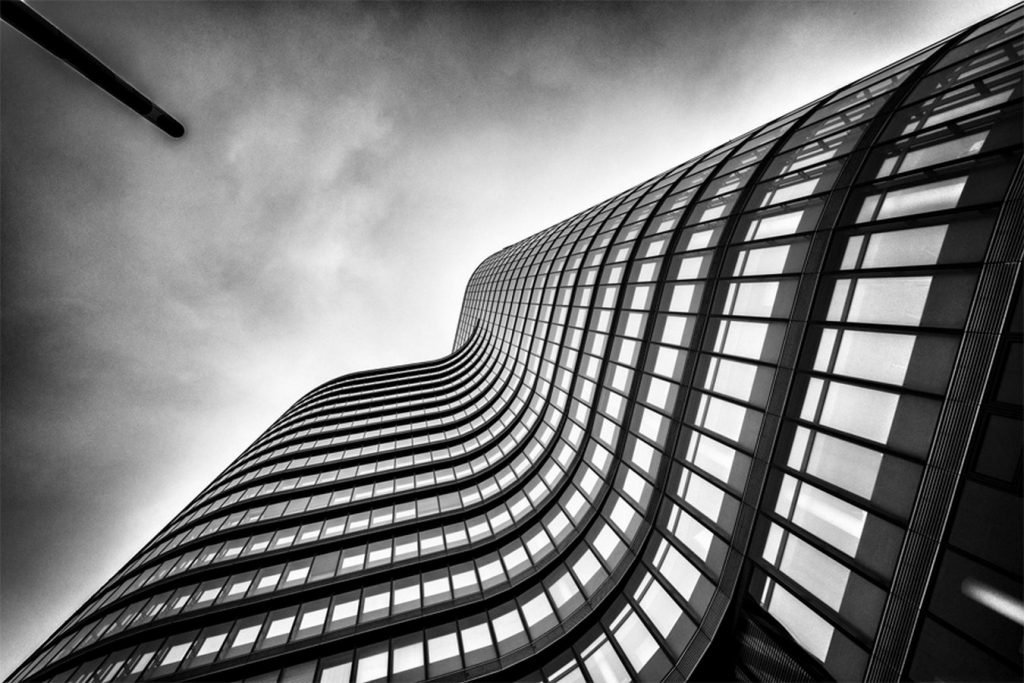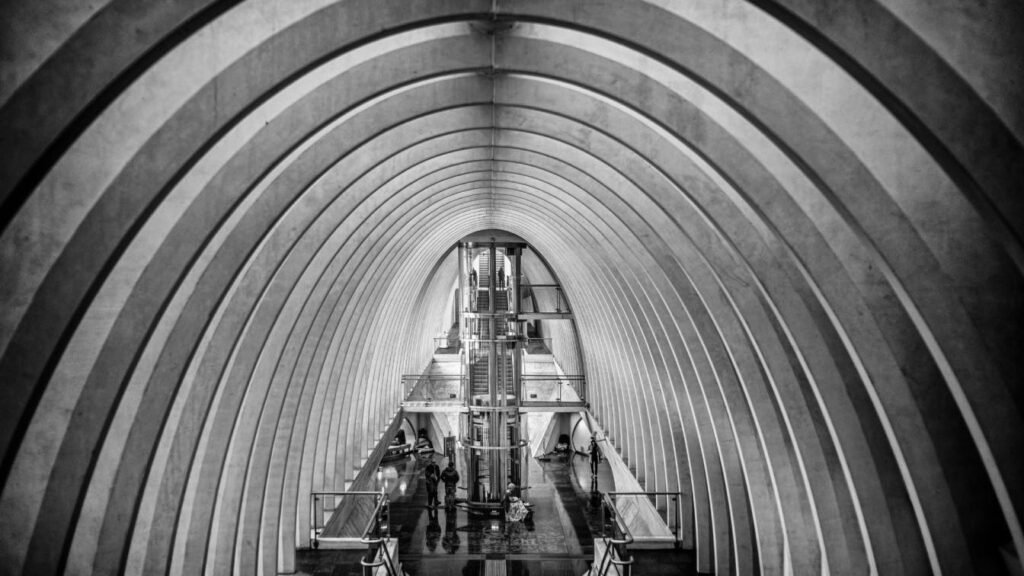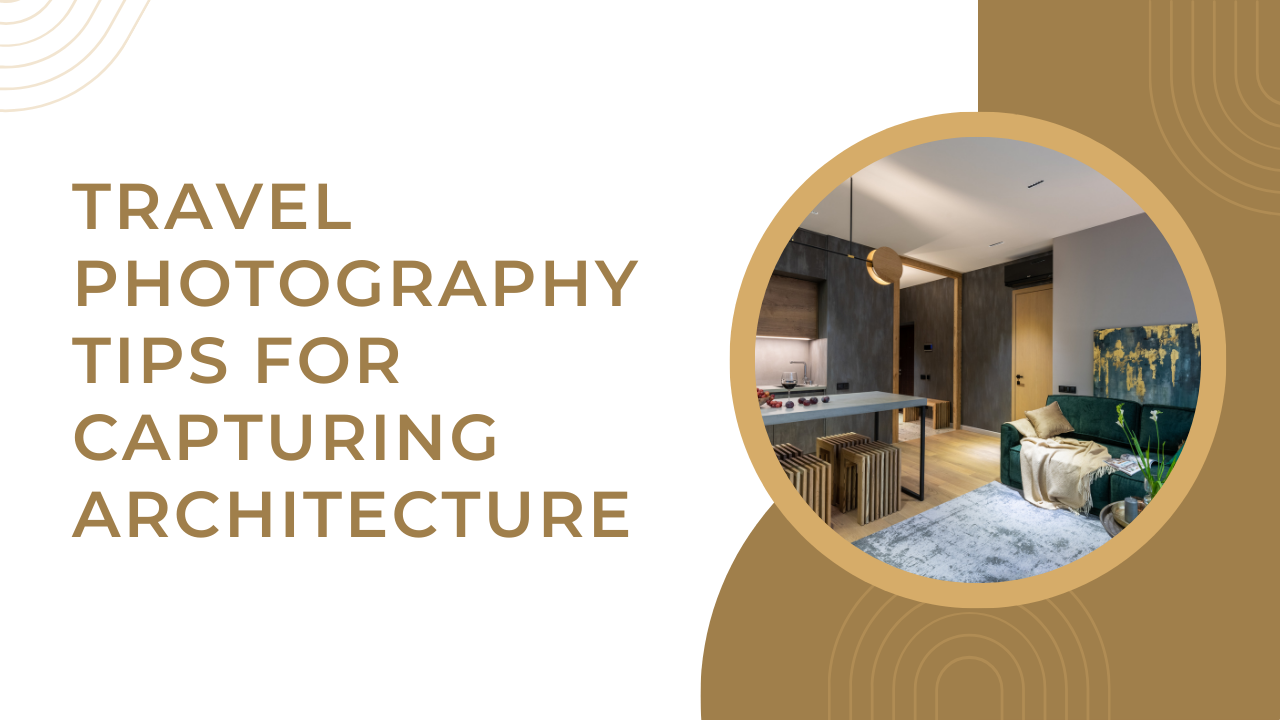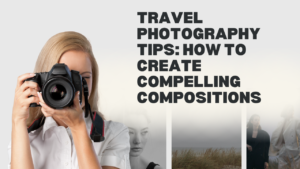Architecture is one of the most fascinating subjects in Travel photography tips. Whether you’re exploring ancient temples, modern skyscrapers, or charming townhouses, capturing the essence of architectural beauty requires technique and creativity. Here are some essential tips to elevate your architectural photography skills while traveling.
Introduction
Travel photography tips isn’t just about landscapes and portraits—it’s also about capturing the incredible architectural wonders that define a place’s history and culture. Whether it’s ancient temples, modern skyscrapers, or quaint village houses, architecture provides endless creative opportunities. This guide will help you enhance your architectural Travel photography tips skills with expert tips and techniques.
1. Understanding Architectural Photography

1.1 What Makes Architectural Photography Unique?
Architectural photography focuses on buildings, monuments, and structures. Unlike other types of photography, it requires an understanding of lines, symmetry, lighting, and perspective to bring out the best in each structure.
1.2 Essential Gear for Architectural Photography
- DSLR or Mirrorless Camera with high resolution
- Wide-angle and tilt-shift lenses
- Tripod for stability
- Polarizing filter to reduce reflections
- Drone (optional) for aerial shots
2. Preparing for the Perfect Shot

2.1 Research Before You Travel
Before visiting a location, research its architectural landmarks, history, and the best time to photograph them.
2.2 Best Time of Day to Shoot Architecture for Travel photography tips
- Golden Hour: Soft light enhances textures and colors.
- Blue Hour: Perfect for cityscapes with illuminated buildings.
- Midday: Ideal for strong contrasts and shadows.
3. Mastering Composition Techniques
3.1 Leading Lines and Symmetry
Use roads, railings, or windows to guide the viewer’s eye toward the subject.
3.2 Framing Your Shot
Incorporate natural frames like doorways, arches, or trees to add depth to your image.
3.3 Rule of Thirds
Place architectural elements off-center to create a more dynamic composition.
4. Playing with Perspectives
4.1 Low and High Angles
Shooting from a low angle makes a building look grand, while a high vantage point provides a unique overview.
4.2 Reflections for Creativity
Utilize water puddles, glass windows, or mirrors for artistic reflection shots.
4.3 Experimenting with Distortion
Wide-angle lenses can exaggerate proportions, creating dramatic effects.
5. Capturing Architectural Details
5.1 Focus on Textures and Patterns
Zoom in on intricate carvings, mosaics, or patterns to tell a visual story.
5.2 Black and White Photography
Highlight the contrast, structure, and timeless beauty of buildings.
6. Editing Your Architectural Photos

6.1 Correcting Perspective Distortion
Use software like Lightroom or Photoshop to straighten converging lines.
6.2 Enhancing Colors and Shadows
Adjust contrast, exposure, and saturation to make details pop.
6.3 Removing Unwanted Elements
Clone out distractions like street signs or cables to keep the focus on the architecture.
Conclusion
Mastering architectural photography takes practice, patience, and a keen eye for detail. By applying these tips, you’ll be able to capture stunning images that do justice to the beauty and history of the buildings you encounter on your travels.




